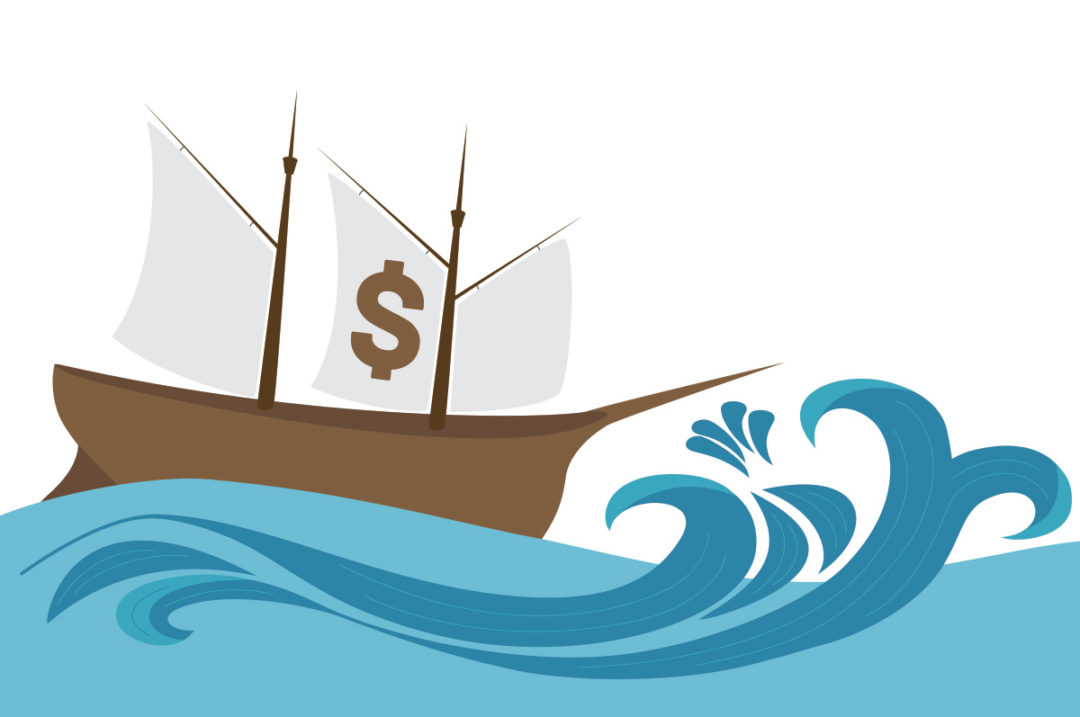Have you heard that old classic, “I'm Waiting for Ships That Never Come In?” I’m most familiar with the Jim Reeves version, but Ernest Tubb and others also did versions of the song. When I think of the troubles many operations face in the cattle business, that half-talked, half-sung line comes to mind: “I’m just a dreamer who's waiting for ships that never come in.”
Aren’t we often waiting for something to happen, dreaming of some future set of circumstances that we hope will make our operation profitable? In this article, I want to pick at a few ways in which we often find ourselves dreaming and hoping instead of getting creative as managers.
Rain and markets
Drought affects different parts of the world differently. In my home state of Missouri, those of us who try to minimize hay feeding rely on fall precipitation to grow a stockpile of forage (primarily fescue) for winter grazing. Late last summer and into the fall, we just didn’t get the rain to grow much at all. Faced with high hay prices and high feed prices, the decision for many operations became whether to hold on to cows through the winter or to cull hard.
Economists and other experts were mixed in their advice, but much of what I saw suggested folks hang on to their cows through the winter in hopes of catching a 2023 calf market that was projected to be strong. We were fortunate to indeed see a strong calf market in 2023. Unfortunately, high winter feed costs and other high input costs have kept those high prices from translating into increased profits for most operations. But what if that ship – a higher calf market – hadn’t come in at all? What happens when, after operations have held on through a high feed-cost situation, projections of a higher calf market just don’t pan out?
Worse, what happens if spring rains don’t come either? In much of Missouri, a lack of spring rainfall after a dry fall made a bad situation even worse. Holding on to cows through an expensive winter is especially hard to pencil when we don’t have enough spring grass for them either.
As an alternative to waiting on these ships that may or may not come in, could we have more proactive management strategies to weather through drought or market downturns? We can’t control the weather or the markets, but we are in total control of how we stock the farm or ranch. What if we manage stocking rate and cow retention decisions in a more flexible, adaptive way? What if we have triggers in place to cause us to wean calves early or otherwise reduce the number of mouths we are trying to feed? What if we made estimates of the carrying capacity of the farm or ranch for the coming season, and we stocked the farm to that capacity only?
Feeding through a drought can occasionally turn out to be a winning gamble, but there is a reason the advice to never feed through a drought is getting more and more common. It may not always be the right decision to destock, but we do need to always have a willingness to destock. That is a different way of thinking as a manager, and it will lead to different management decisions. We don’t want to be gambling on profitability; we want to be planning for it.
Genetics
Another area in which we often seem to be waiting and hoping for future profitability is in how we think about the genetics of our cow herds. First, let me make it clear that we do have absolutely incredible genetic selection tools in this industry, certainly better than we have ever had before. Regardless of what traits we are emphasizing in our production models, we can identify proven, high-accuracy sires with high merit for those traits and begin using them via artificial insemination. Alternatively or additionally, we can use genomic-tested natural service bulls and have more confidence in our bull battery’s genetic merit for traits that matter for our model. We can even genomic test females in our herds, identifying which should be bred to produce replacements and which should be bred to produce terminal calves. There are so many great opportunities. However – and this is a big however – generating return on investment from those opportunities is a medium- to long-term strategy.
Especially when it comes to selection for maternal traits (longevity, fertility, etc.), recognize that genetic progress in our cow herds takes time. If the profitability of our cow-calf business model is contingent on future improvement in our herd’s genetics, we do not have a genetics problem – we have a business model problem. We need a production model that makes money today, in the here and now, with the genetics we have. Genetic improvement for traits of interest should be icing on the cake, so to speak. We have to create a profitable business model today, viewing genetic progress in our herds just as a way to increase that profitability over time. A good business model can make money even with marginal cattle, but a bad business model will lose money even with great cattle.
An alternative
A quick note before wrapping up: I do not mean to say that any of these things are lost causes. It always does eventually rain, and the cure for low prices is low prices. Likewise, if we use modern genetic selection tools, we will certainly make genetic improvement in our herds. But here is the point: How creative would our business models be if we demanded profitability rather than waited for it?
What if we demanded that our business made money, even with the moisture conditions and price relationships as they exist today? What if we demanded that our existing cow herd – regardless of its merit – turns a profit this year? How would our business models change? If we do the hard work of making those changes, we won’t have to wait for our ships to come in. And when they do, we will be in a lot better position to capitalize on them.









